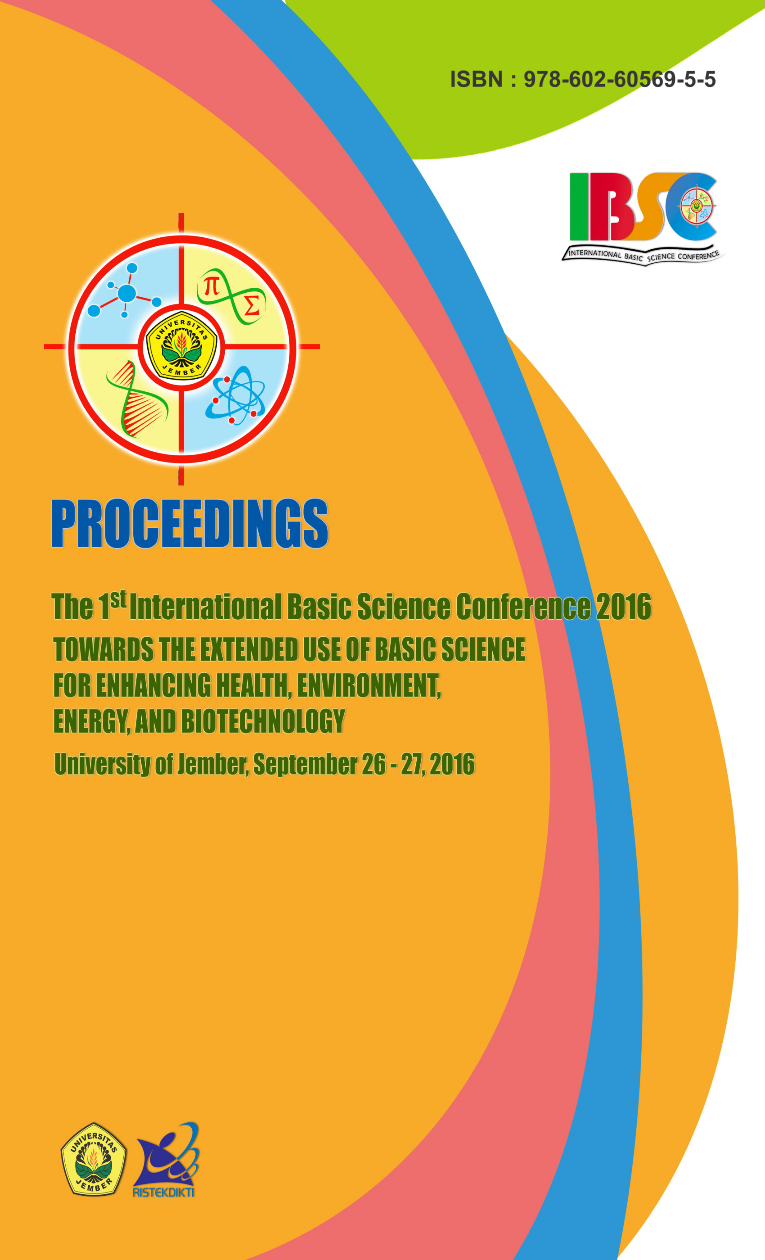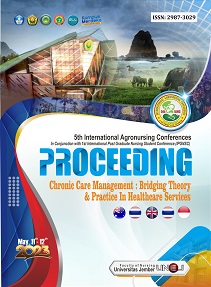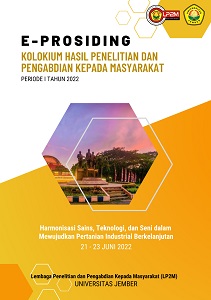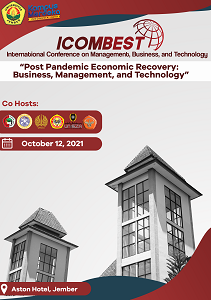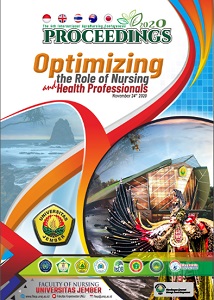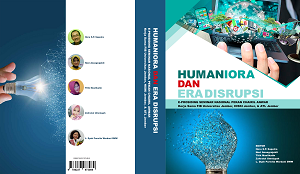An Epidemic Model of Varicella with Vaccination
Abstract
Varicella Zoster Virus (VZV) is a virus that caused Varicella disease. It is important to find the effective ways preventing the transmission of infectious disease primarily caused by viruses. Sometimes the prevention of diseases caused by viruses such as Varicella can’t be prevented, so another effective alternative prevention like vaccination is needed. Here, a mathematic model of Varicella Zoster Virus that influence Varicella is analyzed by checking the stability of equilibrium points and computing the effective reproductive number. The effective reproductive number is computed in order to measure the relative impact for individual or combined intervention for effective disease control. This model has two equilibrium points, a disease-free and an endemic equilibrium point. In terms of its effective reproductive number, if Re<1, the disease-free equilibrium is locally asymptotically stable and the infection will disappear after some period of time. It also means that the vaccination is effective. Whereas, the endemic equilibrium will be locally asymptotically stable if Re>1. It means that the vaccination is not optimal enough to prevent the infection. Simulation models was done by changing the proportion of vaccinated newborn parameters. This simulation used different values φ which is equal to 0.25, 0.5, and 0.75. The using of different value φ aims to determine the effects of the vaccine in newborn against the development transmission of the disease in the population. The Numerical simulations verify the theoretical results and present that the proportion of vaccinated newborn has a significant impact on the Varicella infection.

